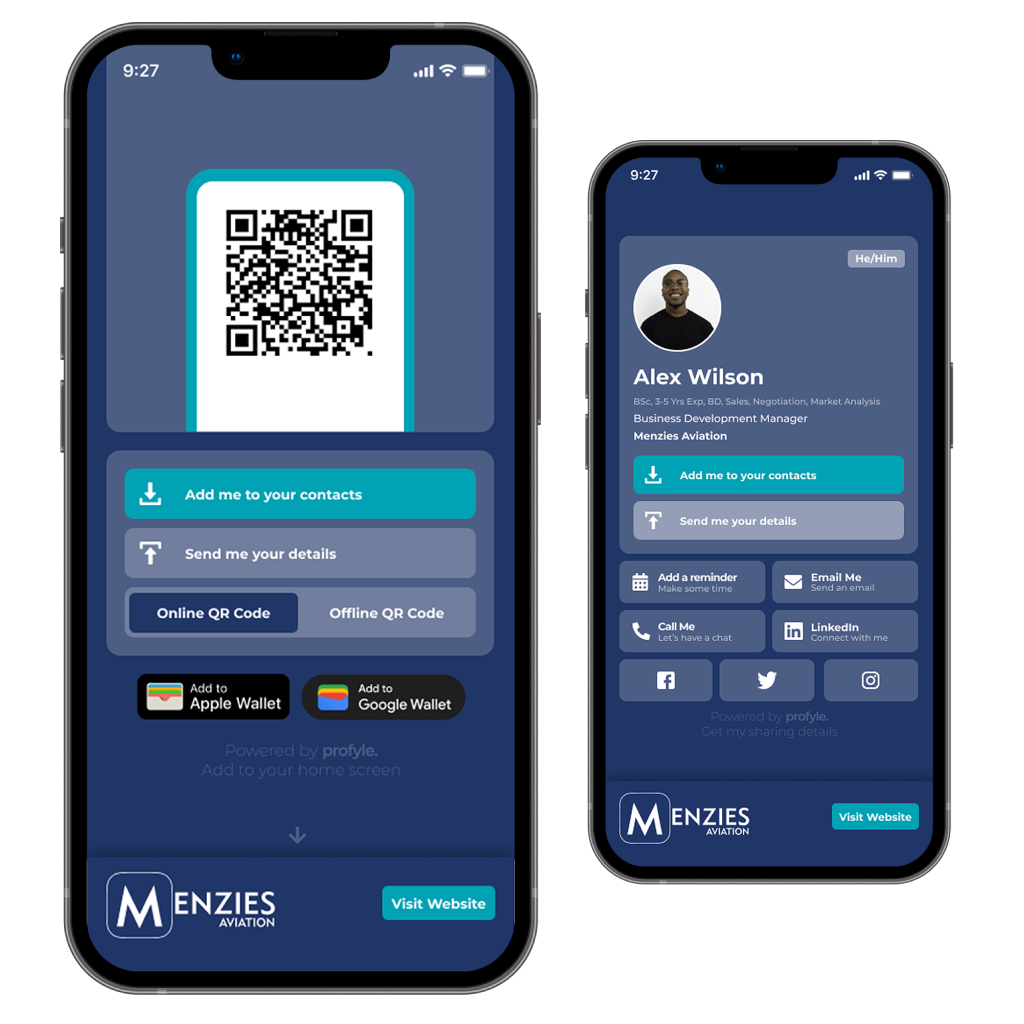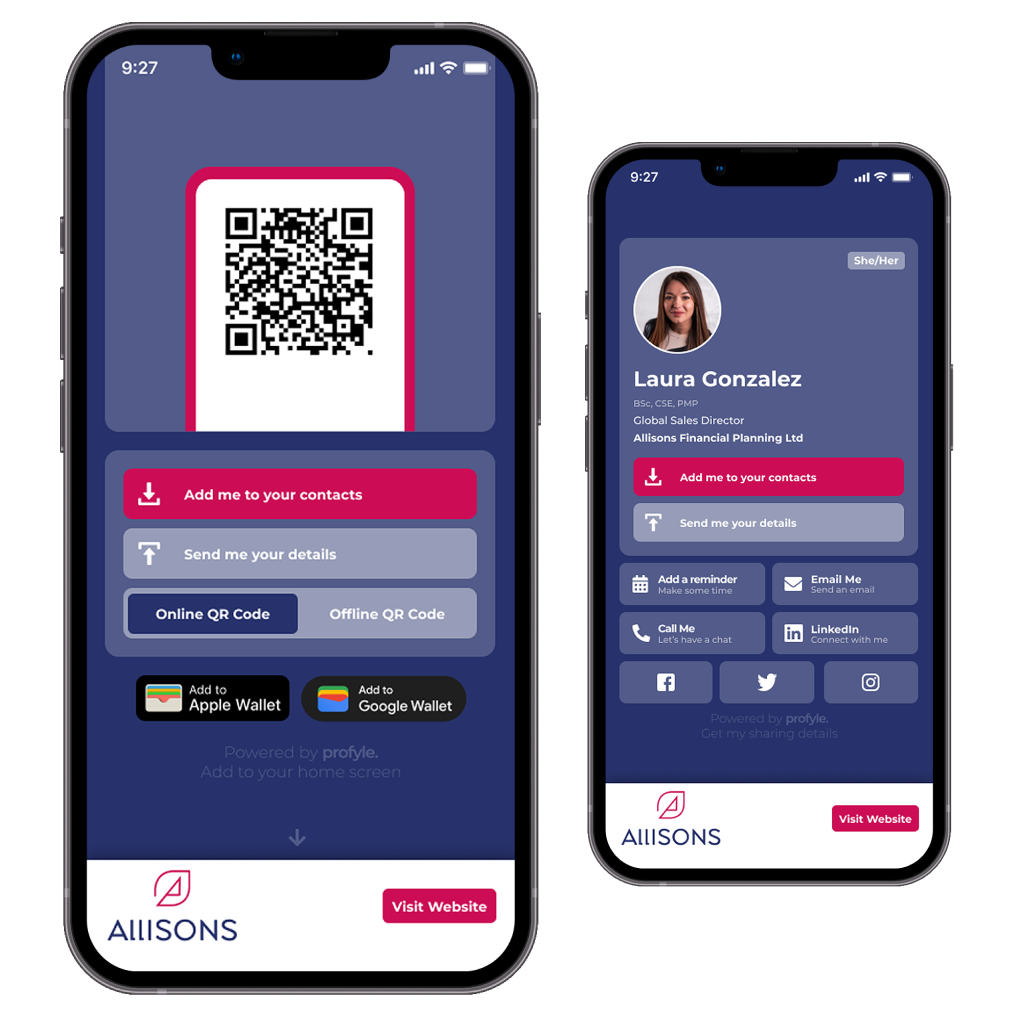Every decision a business makes leaves an invisible footprint. The question is: do you want that footprint to help or harm the planet? Being a carbon neutral business means balancing the scales. You reduce or offset whatever carbon dioxide your business releases into the air. Whether it’s from heating, transport, or even the products you sell.
Simply put, you need to give back to the planet what you take from it, with no leftovers. Think of it as a ledger for the Earth, where your emissions equal zero at the end of the day.

The need is clear in numbers. Climate Watch says that regular businesses cause 18% of global greenhouse gas emissions. By becoming carbon neutral, your company shows it cares about this environmental impact.
Breaking It Down: What Does Carbon Neutrality Cover?
Carbon neutrality touches on everything a business does. It’s measured across three scopes:
- Direct emissions (Scope 1): Things a business can control directly, like fuel used in company vehicles.
- Indirect emissions (Scope 2): Emissions tied to electricity or heating used in the office.
- Other emissions (Scope 3): The trickiest one, which includes suppliers, business travel, or even customer use of a product.
Here’s how businesses tackle these:
- Reducing emissions: Switching to green energy, improving efficiency, or even rethinking production processes.
- Offsetting emissions: For anything unavoidable, companies fund activities like reforestation or carbon capture.
Who’s Leading the Way? Real-Life Examples
Let’s look at what’s happening in the real world:
| Company | Size | Approach | Impact |
| Microsoft | Large Enterprise | Committed to becoming carbon negative by 2030; investing $1 billion in climate innovation. | Removed 2 million metric tons of CO₂ in 2021. |
| Patagonia | Mid-Sized Business | Utilises 100% renewable electricity in the U.S. and 76% globally; aims for carbon neutrality by 2025. | Significantly reduces carbon footprint through renewable energy and sustainable practices. |
| Caffè Nero | Coffee Chain (SMB) | Transitioned to renewable energy sources across all UK stores; introduced reusable cup incentives. | Achieved a 5% emissions within the first year. |
| JLL (Jones Lang LaSalle) | Real Estate | Implemented energy-efficient practices in managed properties; committed to net-zero carbon emissions by 2040. | Reduced emissions by 17% over two years. |
| Mott MacDonald | Consultancy (Mid-Sized) | Adopted a science-based target to reduce carbon emissions; integrated sustainability into project designs. | Achieved a 25% reduction over five years. |
These examples show that all sectors and sizes can achieve carbon neutrality. This leads to environmental benefits and better operations.
Why Become Carbon Neutral
People don’t just buy products any more — they buy into stories. If your business stands for sustainability, your customers will stand with you.

Why Every Business Should Be Carbon Neutral
Becoming carbon neutral is a commitment to the planet. But It’s also a strategic move that helps your business grow. Whether you’re a tech startup, a local bakery, or a global retailer, carbon neutrality opens doors to new opportunities.
1. Win Customer Loyalty
- 73% of consumers prefer sustainable brands (Nielsen). Customers are increasingly making choices based on values, and sustainability is high on their list.
- IKEA’s use of renewable energy and recycled materials has built a loyal following. Their pledge to be climate positive by 2030 isn’t just good for the planet—it keeps customers coming back.
What this means for you: If your business shows it cares about the environment, your customers are more likely to choose you over competitors. Tools like Profyle Digital Business Cards can easily show your sustainability efforts. While also helping you to build connections.
2. Cut Long-Term Costs
Sustainability often leads to smarter, more efficient operations. Here’s what businesses are saving:
- Switching to renewable energy can cut electricity bills.
- Reducing waste saves on disposal costs. ReLondon, a report on London’s food footprint highlights this. It states: “Reducing food loss and waste in London by 50% could achieve an estimated 10.5% reduction in emissions.”
Carbon neutrality is an investment that pays off. Analyze your carbon footprint and target high-cost areas. You can then cut expenses and reinvest the savings into your business.
3. Attract and Retain Top Talent
Sustainability isn’t just a customer demand — it’s a priority for employees, too. According to a LinkedIn study, 74% of employees want to work for companies that align with their values. Businesses that commit to sustainability often attract motivated, value-driven talent.
Take Google, for instance. Their carbon neutrality and green office efforts have made them a top employer. Smaller companies can do the same. They can use cheap, effective measures. For example, they can offer digital tools instead of paper ones.
4. Strengthen Your Brand Reputation
Being carbon neutral positions your business as a leader in your industry. It sets you apart from competitors who may not be taking action. Brands like Patagonia have built entire reputations on their commitment to the environment. For small and mid-sized businesses, showcasing carbon neutrality builds credibility.
Want to take the first step toward carbon neutrality? Start by ditching paper business cards. Sign up for a free Profyle Card account today.

How Small Businesses Can Achieve Carbon Neutrality
Being small doesn’t mean you can’t make a big impact. Many small businesses show that sustainable choices are possible and affordable.
Small and medium-sized businesses (SMBs) face unique challenges in achieving carbon neutrality. Limited budgets, fewer resources, and no guidance can make the journey seem daunting. SomeSMBs are turning challenges into opportunities. They are using practical solutions to cut emissions and improve profits.
Why Should SMBs Care About Carbon Neutrality?
It might feel like going carbon neutral is just for big players, but small businesses are joining the effort—and seeing results. According to a Nielsen study, 73% of consumers are willing to spend more on sustainable brands. For SMBs, being carbon neutral is a way to attract eco-conscious customers without breaking the bank.
Small businesses make up 99.9% of the UK’s private sector, according to the Federation of Small Businesses. Collectively, their actions have the potential to drive meaningful change. By adopting digital tools, switching to renewables, and offsetting emissions, SMBs can set an example for larger corporations to follow.
Small Actions, Big Impact
Becoming carbon neutral starts with decisions that might feel small but carry a large ripple effect:
- Swapping physical products for digital tools, like Profyle Digital Business Cards, reduces waste and simplifies operations.
- Switching to local suppliers cuts down transport emissions.
- Investing in renewable energy slashes Scope 2 emissions and lowers utility bills.
Carbon neutrality need not be a giant leap. It can be a series of practical steps anyone can take.
Challenges SMBs Face in Achieving Carbon Neutrality
- Resource Limitations:
- Small businesses often lack dedicated sustainability teams or tools for tracking emissions.
- Solution: Use resources like the Carbon Trust SME Carbon Calculator. Or hire third-party consultants for a one-time emissions audit.
- Budget Constraints:
- Upfront costs for renewable energy installations or reducing waste can be hard to justify.
- Solution: Start small. Switch from paper to digital platforms like Profyle. You will cut costs on printed materials and reduce waste.Then, step by step, move up to more expensive initiatives.
- Knowledge Gaps:
- Many SMBs don’t know where to start. Only 27% of small businesses in the UK have a plan to become carbon neutral, according to a British Business Bank report.
- Solution: Break the process into manageable steps, focusing on one change at a time.

Practical Steps for SMBs
Here’s how SMBs can take measurable action toward carbon neutrality:
1. Reduce Energy Usage
- Install energy-efficient LED lighting, which uses up to 75% less energy than traditional bulbs.
- Encourage employees to turn off lights, equipment, and computers when not in use.
2. Choose Renewable Energy
- Partner with a renewable energy provider for electricity. In the UK, providers like Octopus Energy and Good Energy offer green energy plans tailored to small businesses.
3. Go Digital
- Transition to digital tools, like Profyle Digital Business Cards, to cut Scope 3 emissions. A small coffee shop that adopts Profyle for its staff can eliminate the need for 3,000 cards annually, avoiding 1.5 tonnes of CO₂ emissions.
4. Rethink Waste Management
- Put in place a robust recycling programme.
- Replace single-use items, like paper cups and printed invoices, with reusable or digital options.
5. Offset Remaining Emissions
Invest in carbon credits from verified projects. For example:
- Cool Effect offers small-scale reforestation projects for as little as £10 per tonne of CO₂ offset.
- Local projects, like peatland restoration in the UK, benefit both the environment and communities.
Profyle as a Key Tool for SMBs
For SMBs, adopting Profyle Digital Business Cards is one of the simplest ways to start their carbon-neutral journey:
- Cost Savings: It removes recurring printing costs, which can be hundreds to thousands annually.
- Carbon Reduction: Removes emissions linked to card production, shipping, and disposal.
- Convenience: Scalable for small teams without requiring significant upfront investment.

How to Calculate Your Carbon Footprint
The carbon footprint calculation involves measuring the greenhouse gases (GHGs) your business emits. These gases are usually expressed as carbon dioxide equivalent (CO₂e). It standardises all greenhouse gases, like methane and nitrous oxide, into a single unit for easier comparison.
This deeper understanding isn’t just for large corporations. From small cafés to law firms, knowing your emissions footprint lets you rank actions. They can save resources, cut costs, and reduce your impact on the planet.
Why Measure Your Carbon Footprint?
- Baseline Assessment: A carbon footprint calculation provides a clear starting point. For example, a small real estate firm might discover that 60% of its emissions come from heating its office spaces.
- Cost-Saving Opportunities: Identifying inefficiencies can save money, like switching to energy-efficient lighting or transitioning to green energy.
- Accountability: Customers, investors, and employees want firms to disclose their environmental impact.
Breaking Down the Basics: Key Terms
Before diving into the numbers, let’s clarify the terms:
| Term | Definition |
| Greenhouse Gases (GHGs) | Gases like CO₂, methane (CH₄), and nitrous oxide (N₂O) that trap heat in the Earth’s atmosphere. |
| Carbon Dioxide Equivalent (CO₂e) | A unit that converts all GHGs into the equivalent amount of CO₂ for consistency. |
| Emission Factor | A value that shows the average emissions produced per unit of activity (e.g., kg CO₂ per kWh of electricity). |
| Scopes | Categories for emissions measurement, ranging from direct (Scope 1) to value chain impacts (Scope 3). |
| Offsetting | Actions like funding renewable energy or planting trees to balance out emissions that can’t be avoided. |
The Three Scopes of Emissions
Calculating your carbon footprint involves identifying emissions across three scopes:
- Scope 1: Direct Emissions
- These are emissions from activities your business controls directly.
- Examples:
- Fuel combustion for company vehicles.
- Heating using natural gas.
- Typical sources: Construction firms with vehicle fleets or cafés with gas ovens.
- Scope 2: Indirect Emissions from Energy
- These come from the production of electricity, heating, or cooling you purchase.
- Example: A real estate agency that powers its office with grid electricity.
- Scope 3: Value Chain Emissions
- These are indirect emissions from your value chain. From both upstream (suppliers) and downstream (customers).
- Examples:
- Business travel.
- Employee commuting.
- Production and disposal of products you sell.
- Scope 3 often accounts for the largest share of emissions, especially for service-based businesses.

Step-by-Step Carbon Footprint Calculation
Let’s go deeper with a real-world example: a small marketing agency.
Step 1: Collect Activity Data
Activity data refers to the measurable units that produce emissions. For this agency:
- Electricity Usage: 60,000 kWh per year.
- Natural Gas Usage: 12,000 therms per year.
- Business Travel: 25,000 miles annually by petrol vehicles.
- Employee Commuting: 15 employees, averaging 10,000 miles annually by car.
Step 2: Apply Emission Factors
Emission factors translate activity data into CO₂e. For this example:
- Electricity: 0.233 kg CO₂ per kWh (UK grid average).
- Natural Gas: 5.3 kg CO₂ per therm.
- Petrol Vehicles: 0.404 kg CO₂ per mile.
- Diesel Vehicles: 0.3 kg CO₂ per mile.
Step 3: Perform Calculations
Using these factors:
- Electricity:
60,000 kWh×0.233 kg CO₂/kWh=13,980 kg CO₂60,000 \, \text{kWh} \times 0.233 \, \text{kg CO₂/kWh} = 13,980 \, \text{kg CO₂}60,000kWh×0.233kg CO₂/kWh=13,980kg CO₂ - Natural Gas:
12,000 therms×5.3 kg CO₂/therm=63,600 kg CO₂12,000 \, \text{therms} \times 5.3 \, \text{kg CO₂/therm} = 63,600 \, \text{kg CO₂}12,000therms×5.3kg CO₂/therm=63,600kg CO₂ - Business Travel:
25,000 miles×0.404 kg CO₂/mile=10,100 kg CO₂25,000 \, \text{miles} \times 0.404 \, \text{kg CO₂/mile} = 10,100 \, \text{kg CO₂}25,000miles×0.404kg CO₂/mile=10,100kg CO₂ - Employee Commuting (Assuming Petrol Cars):
15 employees×10,000 miles×0.404 kg CO₂/mile=60,600 kg CO₂15 \, \text{employees} \times 10,000 \, \text{miles} \times 0.404 \, \text{kg CO₂/mile} = 60,600 \, \text{kg CO₂}15employees×10,000miles×0.404kg CO₂/mile=60,600kg CO₂
Step 4: Add It All Up
- Electricity: 13,980 kg CO₂
- Natural Gas: 63,600 kg CO₂
- Business Travel: 10,100 kg CO₂
- Employee Commuting: 60,600 kg CO₂
Total Annual Emissions:
13,980+63,600+10,100+60,600=148,280 kg CO₂13,980 + 63,600 + 10,100 + 60,600 = 148,280 \, \text{kg CO₂}13,980+63,600+10,100+60,600=148,280kg CO₂ (or 148.28 metric tons CO₂e)
Insights from the Calculation
This exercise reveals the most significant contributors:
- Employee commuting contributes 40% of total emissions.
- Heating accounts for another 43%.
- Electricity and travel, while important, are less impactful.
This kind of analysis highlights where the business should focus its reduction efforts, such as:
- Encouraging remote work to reduce commuting emissions.
- Transitioning to renewable energy sources for heating and electricity.
Why This Matters
Many small businesses ignore Scope 3 emissions from commuting and suppliers. Yet Scope 3 can represent 80-90% of a service business’s total footprint, according to the Carbon Trust.
By understanding the full picture, businesses can take targeted actions that maximise impact, such as:
- Switch to digital tools like Profyle Business Cards. They cut Scope 3 emissions from printing and logistics.
- Choosing green energy suppliers to lower Scope 2 emissions.

Steps to Becoming Carbon Neutral
Change doesn’t happen overnight, but every step forward counts. Becoming carbon neutral is a journey of thoughtful choices, not perfection.
Transitioning your business to carbon neutrality involves a series of actionable steps. Whether you’re just starting out or looking to refine your efforts, the process is less overwhelming when broken down. Here’s a clear path to follow.
Step 1: Measure Your Carbon Footprint
Before you can reduce emissions, you need to know where they’re coming from. As explained earlier, this involves calculating Scope 1, 2, and 3 emissions using frameworks like the GHG Protocol. This step gives you a baseline and highlights the most significant sources of emissions in your operations.
Step 2: Reduce Emissions Wherever Possible
Once you know your biggest emission sources, tackle them head-on. Here are practical ways to reduce emissions across different business activities:
- Switch to Renewable Energy:
- Transitioning to wind, solar, or hydropower can drastically cut Scope 2 emissions.
- Real-life example: BrewDog, a UK brewery, uses only renewable energy. It has cut emissions by 35% since 2020. From 2024, BrewDog will cut its investment in carbon credits. It will focus on reducing its carbon footprint solely through internal efforts, like the use of renewables..
- Rethink Transportation:
- Encourage employees to use public transport, carpool, or cycle.
- If your company has a vehicle fleet, consider transitioning to electric vehicles (EVs).
- Example: UPS has invested in EVs, aiming to electrify 40% of its fleet by 2035, saving millions of tonnes of CO₂.
- Optimise Energy Use:
- Upgrade to energy-efficient lighting and appliances. Simple changes, like using LED bulbs, can reduce energy consumption by 75% compared to traditional lighting.
- Digitise Paper Processes:
- Shift to digital solutions to cut paper waste. Use Profyle Digital Business Cards instead of paper ones.
- Example: A small consulting firm replaced paper invoices and materials with digital tools. This reduced Scope 3 emissions by 15% in the first year.
Step 3: Offset Remaining Emissions
After reducing emissions as much as possible, offset the remainder. Carbon offsetting involves investing in projects that neutralise emissions elsewhere. Common options include:
- Reforestation Projects:
- Trees absorb carbon dioxide from the atmosphere. Projects like the Amazon Rainforest Fund protect and restore forests globally.
- Renewable Energy Initiatives:
- Support solar or wind energy projects that displace fossil fuel use.
- Carbon Capture and Storage:
- Technologies that trap and store carbon before it enters the atmosphere.
Step 4: Track and Improve
Carbon neutrality isn’t a one-time achievement. It requires ongoing monitoring and adjustments to stay on track. Use tools like the Carbon Trust’s Footprint Manager to:
- Monitor progress.
- Identify new reduction opportunities.
- Stay compliant with carbon-neutral certifications like PAS 2060.
Step 5: Communicate Your Commitment
Your efforts should inspire action, not just within your business but in your industry. Share your journey with clients, stakeholders, and employees. Highlight the steps you’re taking, like switching to digital networking with Profyle Cards, to show your commitment.
A Quick Checklist to Get Started
- Calculate your carbon footprint.
- Identify the biggest sources of emissions.
- Reduce energy and resource use.
- Transition to digital tools like Profyle Cards.
- Invest in carbon offsetting projects.
- Share your progress with your community.
Becoming carbon neutral is a practical and achievable goal when approached step by step.

Carbon Neutral Certifications: What They Mean and How to Get One
Customers trust what they can see. A carbon-neutral certification is visible proof your business is walking the talk.
Carbon neutrality alone is a good goal. But, a certified badge proves your commitment to everybody else. These certifications verify and show your environmental efforts to the wider world.. They help you build trust with customers, stakeholders, and employees.
What Are Carbon Neutral Certifications?
Carbon neutral certifications confirm that your business has:
- Calculated your carbon footprint.
- Reduced your emissions
- Offset the remaining amount.
They follow strict standards to ensure accuracy and consistency.. They follow strict standards to guarantee accuracy and consistency. Popular frameworks include:
- PAS 2060: A globally recognised standard for achieving carbon neutrality.
- Carbon Trust Certification: Certifies businesses for measuring and managing emissions.
- B Corporation Certification: Evaluates a business’s overall impact, including sustainability. For example, you can learn about our journey towards our B-Corp certification.
These certifications are increasingly valuable in markets where customers expect transparency.
Steps to Achieve Certification
Certifications follow a structured process. Here’s what it typically involves:
- Measure Emissions:
- Calculate your Scope 1, 2, and 3 emissions using recognised tools like the GHG Protocol.
- Keep records of energy use, transport, and other activities.
- Develop a Carbon Reduction Plan:
- Set clear goals for reducing emissions over time.
- Offset Remaining Emissions:
- Choose high-quality offset projects to neutralise emissions. Use Verified Carbon Standard (VCS) or Gold Standard projects.
- Engage a Certification Body:
- Work with organisations like the Carbon Trust or the British Standards Institution to audit and certify your efforts.
- Maintain Transparency:
- Publish an annual sustainability report outlining your emissions, reductions, and offsets.
The Business Benefits of Certification
- Boost Brand Credibility:
- Certifications show customers and partners that your claims are backed by facts. For example, Unilever’s carbon-neutral commitments are certified by the Science Based Targets initiative. This improves their credibility.
- Attract Eco-Conscious Customers:
- Certifications signal that your brand aligns with customer values.
- Gain a Competitive Edge:
- As more businesses go carbon-neutral, a certification sets you apart from those just starting the journey.

Profyle Card’s Certification: Leading by Example
Profyle is a carbon-neutral company. We did our certification with Carbon Neutral Britain. They are a top UK carbon offsetting group. To achieve this certification at Profyle:
- We calculated our total emissions from operations. This includes Scope 1, 2, and 3 emissions, such as server energy use and travel.
- Partnered with verified carbon offsetting projects focusing on reforestation and renewable energy.
- We commit to regular reporting and updates to ensure transparency. This aligns our practices with industry best standards.
Profyle’s carbon-neutral certification proves that sustainability can be worthwhile to everyone. It paves the way for other businesses o do the same.
Examples of Certified Carbon Neutral Businesses
| Company | Certification | Impact |
| Microsoft | Science Based Targets | Committed to removing more carbon than they emit by 2030, certified for progress annually. |
| BrewDog | PAS 2060 | Became the world’s first carbon-negative brewery by offsetting twice their total emissions. |
| Profyle Card | Carbon Neutral Britain | Achieved full carbon neutrality through emission offsets, supporting renewable energy and reforestation. |
| Small Design Studio | Carbon Trust Certified | Reduced energy use by 40% and offset 10 tonnes of CO₂ through Gold Standard reforestation. |
How to Get Started
Certification can seem daunting, but breaking it into steps makes it manageable:
- Start with small, measurable actions. Like switching from paper cards to Profyle Digital Business Cards to reduce waste.
- Choose a certification body that aligns with your goals.
- Share your progress transparently to build trust.
How Profyle Helps Businesses Achieve Certification
Digital tools, like Profyle’s Eco-Friendly Business Cards, help businesses meet certification requirements.
- Lower Scope 3 Emissions: Profyle Cards remove the need to print, ship, and dispose of physical business cards.
- Simplify Reporting: Profyle is digital. So, it’s easy to track how using it helps reduce your emissions.
- A certified carbon-neutral networking tool boosts your sustainability story.
Supporting Your Sustainability Goals by Ditching Paper
Traditional paper cards may seem small, but their environmental impact adds up fast. Switching to digital can help businesses reduce waste and emissions. It will also align them with carbon-neutral goals.
The Environmental Problem with Paper Business Cards
Globally, the numbers behind paper business cards are eye-opening:
- 7.2 million trees are felled every year for business card production.
- Each card emits approximately 25 grams of CO₂ during production, printing, and transport. Multiply that by the 27 million business cards printed daily, and the emissions soar into the thousands of tonnes.
- Most cards are discarded within a week—88%, according to a study by Statistic Brain.
For businesses, this means wasted money and resources, with a hefty environmental cost.
How Digital Business Cards Make a Difference
Digital Business Cards like Profyle aim to solve these problems. This why they are a real sustainable alternative:
- No Paper, No Waste:
- Profyle eliminates the need for printing. It cuts paper waste and emissions from production and logistics.
- Instant and Efficient Sharing:
- Carbon-Neutral Operations:
- Profyle is a certified carbon-neutral platform. We offset all operational emissions, including server hosting and development. We d this through projects that support renewable energy and reforestation.
- Endless Scalability:
- Unlike paper cards, which run out and need reprinting, Profyle Cards can be updated instantly. They are a permanent, waste-free solution.
Quick Comparison: Profyle vs Paper
| Metric | Paper Business Cards | Profyle Digital Business Cards |
| Environmental Impact | High (deforestation, emissions) | Zero waste, fully carbon neutral |
| Cost | Recurring printing and design fees | One-time setup, scalable forever |
| Flexibility | Fixed, requires reprinting for updates | Instant updates, no extra cost |
| Networking Efficiency | Limited (physical exchange required) | Instant sharing via QR/NFC |
Start Small, Think Big
Switching to Profyle Cards is an easy step every business can take, no matter its size. You can reduce waste, save money, and show you are an environmental leader. Start your free trial today.














